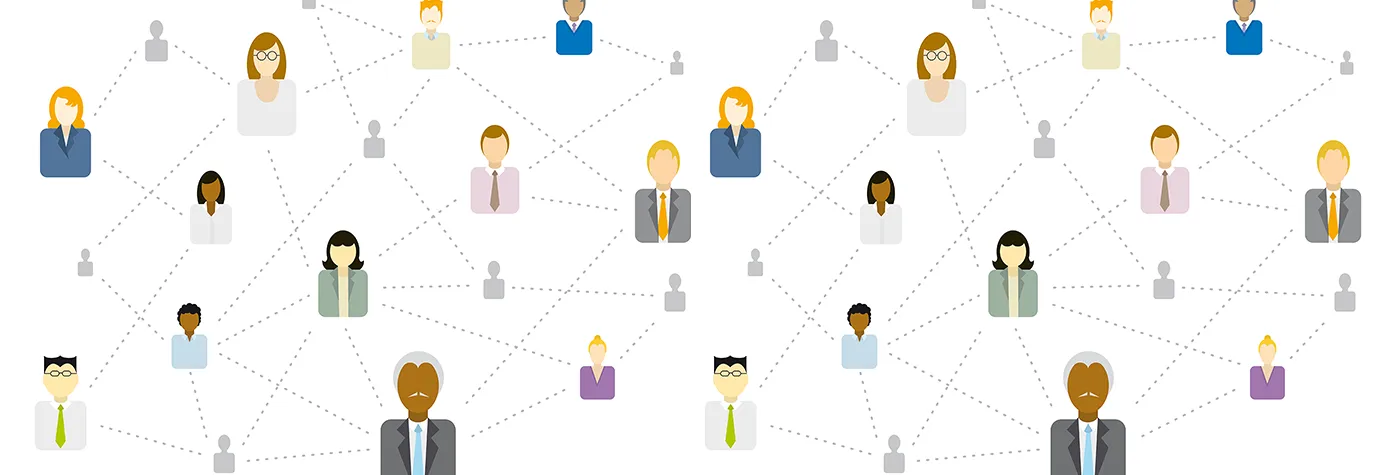A report released by Pew Research Center last week found interesting spikes in Internet usage among populations that aren’t traditionally known for their digital connectivity, including senior citizens, those without a college degree, and lower-income groups.
According to “Americans’ Internet Access: 2000-2015,” while young adults (ages 18-29) still dominate when it comes to internet usage, with 96 percent using the Internet today, the 65-and older generation has definitely stepped up its online presence in the past 15 years. The findings reveal that 58 percent of senior citizens are using the Internet today, up from a mere 14 percent at the start of the millennium.
So why the sudden hike among a population typically known as skeptics towards online technologies who have difficulties in adjusting to the digital world? The introduction of simple, easy-to-navigate touch screens have contributed to this increase among the aging crowd. With the advent of social media networking tools in the early 2000s, there’s also no doubt that older adults are seeking ways to interact with their younger loved ones and to stay connected with family online, whether they are on the go with their smartphones or tablets or at home in front of their desktops.
In similar fashion, those with college or graduate degrees reported high Internet usage at 95 percent, but adults without high school degrees increased their online activity from 19 percent in 2000 to 66 percent today. Like senior citizens, the majority of this group are now classified as Internet users. As more timely and critical information has come to live online, this population was bound to use the Internet to keep themselves informed, but most importantly, to keep themselves from missing out. And those without access to a local library or an Internet connection at home have found ways to connect to the latest news or research at their nearest coffee shop, where a Wi-Fi hotspot is all they need.
Lower-income groups earning $30,000 or less have also been catching up to their wealthier counterparts. Though their peers making $75k or more are at an all-time high of 97 percent usage, this group jumped to 74 percent from 34 percent in 15 years. The Pew report even gives a shout out to smartphones and how this lower-income crowd has taken advantage of their recent accessibility and lower priced programs.
However many factors these increases are attributed to, one thing is clear—the digital gaps are closing as our society adopts devices and easier methods for everyone to access the Internet, leaving no one too far behind.
Read more about how the cable industry is helping to close the digital divide.












